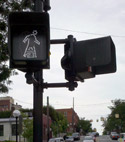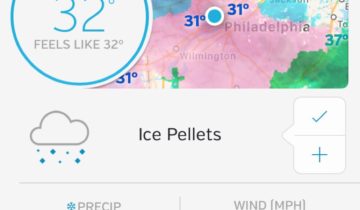 Observation #1: I was driving the other day through Ann Arbor, MI, when I seemed to get stuck at every red light in town. Around rush hour, it’s a nightmare to drive, not because of the huge numbers of cars, but because of always seeming to get caught by a red light.
Observation #1: I was driving the other day through Ann Arbor, MI, when I seemed to get stuck at every red light in town. Around rush hour, it’s a nightmare to drive, not because of the huge numbers of cars, but because of always seeming to get caught by a red light.
Observation #2: I was walking the other day through Ann Arbor, MI, when I seemed to get greeted by every walk signal in town. In the morning, it’s heavenly to walk, not because of the few people on the sidewalks, but because of always seeming to be greeted with a walk signal.
Conclusion: Ann Arbor, MI, in its undeniable quirkiness, has timed its traffic lights to the speed of pedestrian traffic rather than automobile traffic.
Fascinating. A new way to encourage people to walk?





That would actually be a pretty insightful and subtle way to encourage walking. I am not sure how effective it would be, but it’s a cool idea anyhow.
I’m often torn about how I feel in the ever-lasting question of car versus pedestrian priority. Usually I tend to favor whichever group I am a member of at the time, but in inclement weather I tend to favor the pedestrian even when I am a driver.
I’d say it was just chance. I looked at Ann Arbor’s web site and found this: http://www.a2gov.org/government/publicservices/project_management/trafengineer/Pages/TrafficSinals.aspx
The fact is that it’s easy to time traffic lights for cars, since almost all cars can go at any speed that a traffic engineer can select as the speed they want traffic to go (In NYC, it’s 25 MPH), but people’s walking speed is more variable. I walk at about 4 MPH pretty consistently (Whenever I time a walkof known length it comes out to that) and I wouldn’t walk slower if the lights were timed to 2 MPH. There are people who can only walk at 1 MPH and they won’t speed up if you time the lights. The big reason for timing lights is to slow traffic down, since if you go faster than the speed they want, the light ahead will still be red when you get there. Also, there is great benefit to slower car traffic (fewer accidents and milder injuries in those that do happen), but I can’t really thing of any benefit to regulating the speed of pedestrian traffic, even if it could be done.